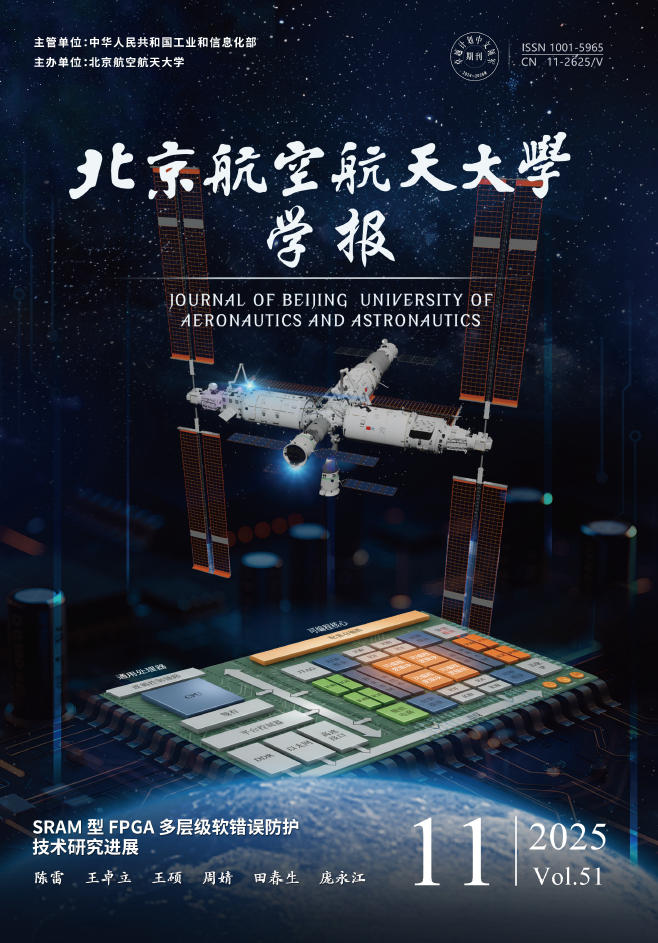2006 Vol. 32, No. 11
2006, 32(11): 1295-1298.
Abstract:
2006, 32(11): 1308-1311.
Abstract:
2006, 32(11): 1320-1323.
Abstract:
2006, 32(11): 1341-1344.
Abstract:
2006, 32(11): 1354-1357.
Abstract:
2006, 32(11): 1358-1361.
Abstract:
2006, 32(11): 1373-1376.
Abstract:
2006, 32(11): 1377-1379.
Abstract:
2006, 32(11): 1380-1384.
Abstract:
2006, 32(11): 1385-1389.
Abstract:







 XML Online Production Platform
XML Online Production Platform

